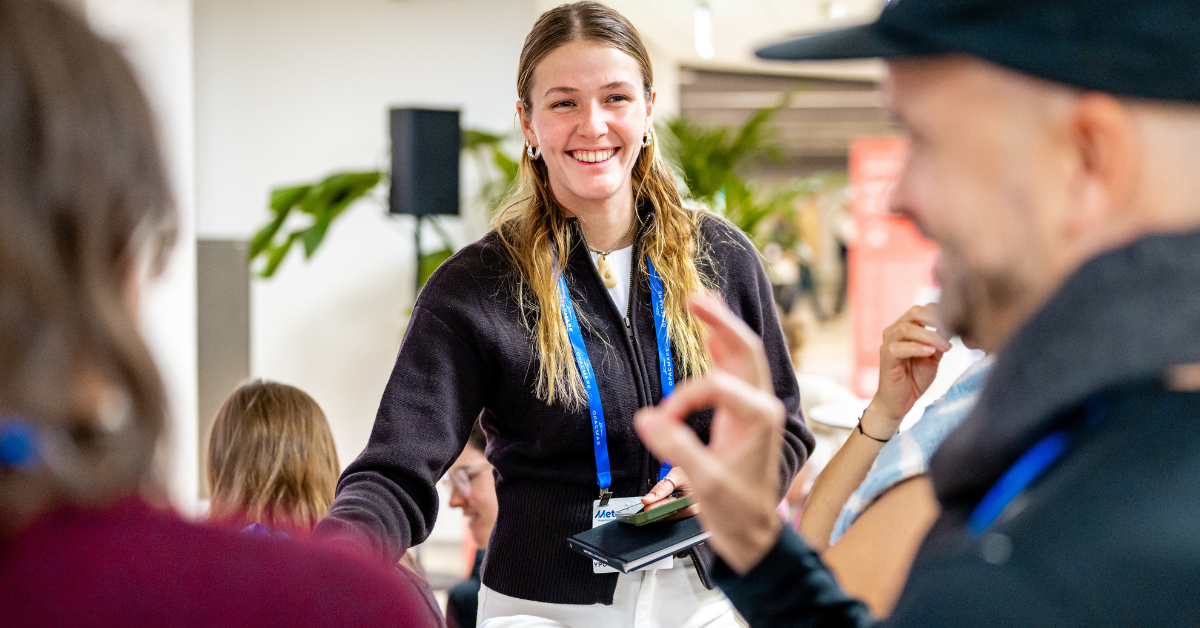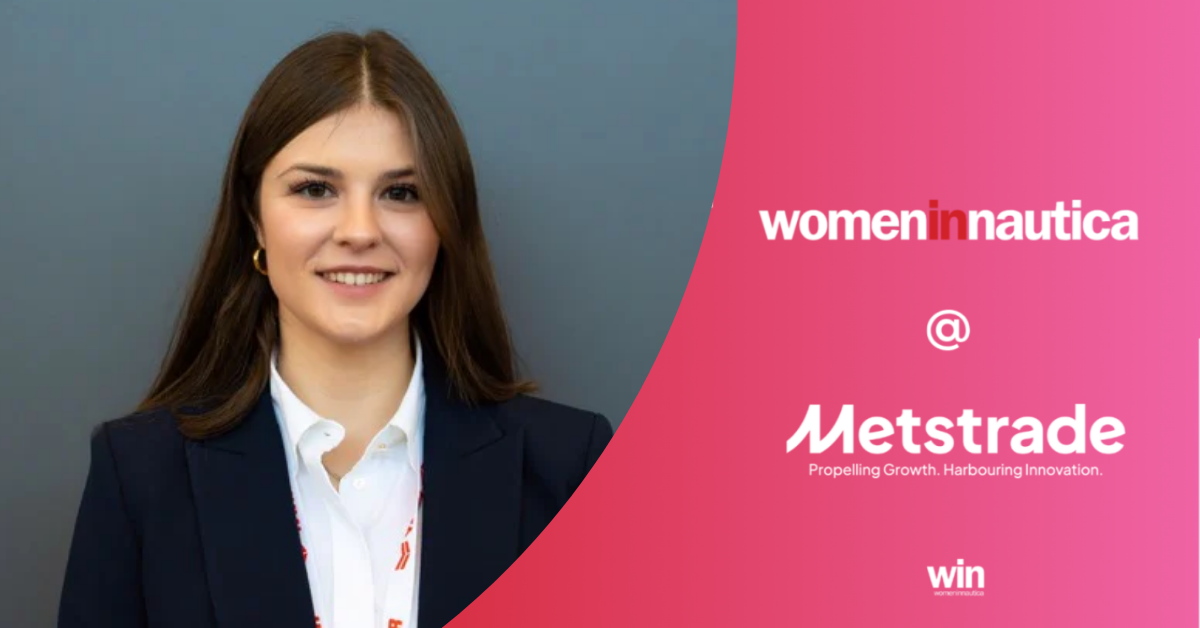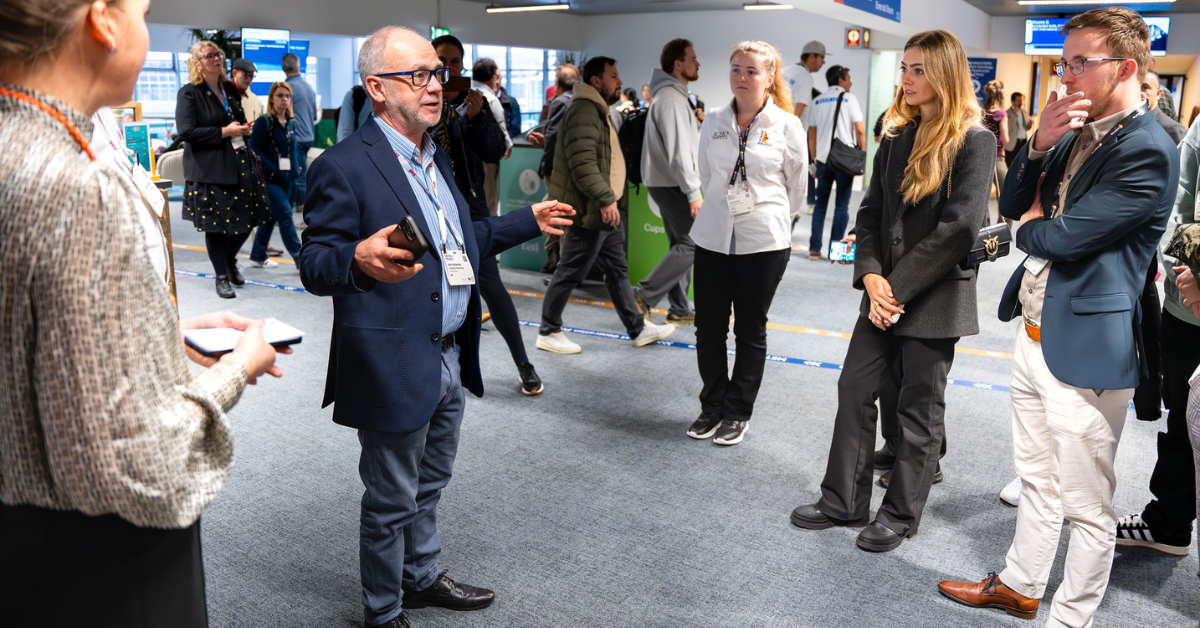Lack of fear and modern technology make powerful allies
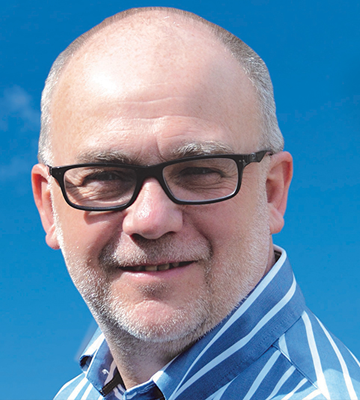 Kim Hollamby
Kim Hollamby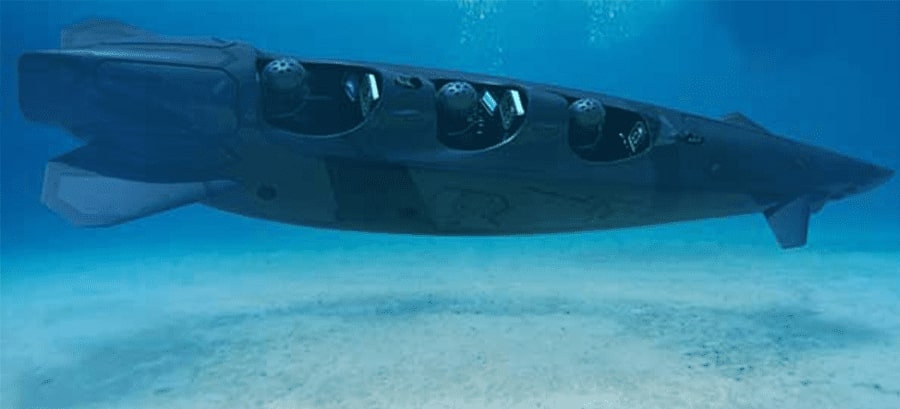
Just occasionally, you sit listening to someone speaking while in post lunchtime autopilot mode and then suddenly think…’did he just say that?’ Such was my experience when attending the I-nnovationLAB presentation by Daan Pol, of Ortega Submersibles BV.
The wake-up came when Daan explained that he and co-founder, Filip Jonker, had decided to build a submarine from scratch, based upon a World War II British Motorised Submersible Canoe called Sleeping Beauty. Its security classification was released and the pair were fascinated in the potential for a lightweight design of this style, with no pressure hull, to self-build a sub that could be used for treasure hunting.
That’s where the story got more interesting again. Daan explained that they rented a former Netherlands Air Force F16 fighter bunker in Airport Twente, rigged polythene end walls to protect against the weather and set to building a prototype single seater.
Sleeping Beauty in its day was praised for its lightness, simplicity and performance, but was difficult to handle. On test the prototype single seat Ortega also required a lot of focus on this area to make it work well. “We almost died a couple of times trying to get the boat stable,” Daan relates with a smile. We also found that at full speed the diver’s mask could get pulled right off, as the head was exposed to the water flow and the boat was quick. It required a lot of design effort and testing to get it right, but it was light and had an amazing range of 72km.”
Daan made his own computational fluid dynamics simulator to study the flow of water over the cockpit area and to design elements to pushed the main flow over the diver’s head.
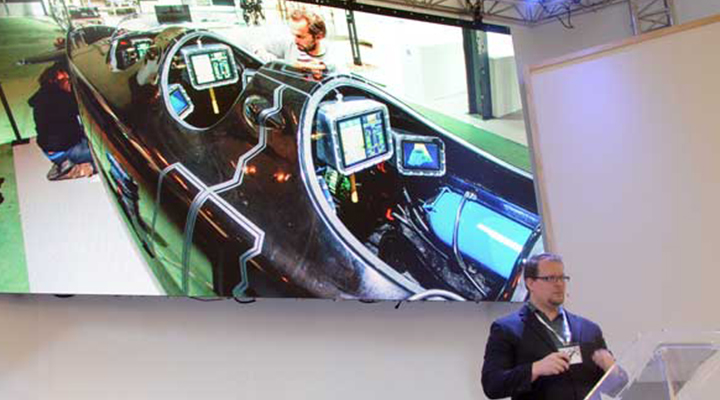
A year on, concept proven but down to their last €5000, the inventive pair decided to take a 3D printed model of a proposed three-seater production to a show in Abu Dhabi and sold one on their first day. Which was a bit awkward as they didn’t know how to build it.
The solution was to create a full-size 3D printed mock-up employing exactly the same programme files as used to create the model. It took six days to print. Assembled, the mock-up enabled them to optimise the cockpit layout and systems integration.
A year and much testing later they had the fully working MK1.C Ortega. It had electrical storage based upon Tesla battery technology that the pair developed into containers the same size as a 15lt dive cylinder. The propulsion motors doubled as bilge pumps to empty the hull of 2000lt water in 4-5 minutes as the craft surfaced. Although the hull is more conventionally fabricated, divers’ seats are 3D printed in a blend of materials to provide the right elasticity, in a shape that is taken from a scan of the diver’s back with his or her preferred combination of air tanks or rebreather kit.
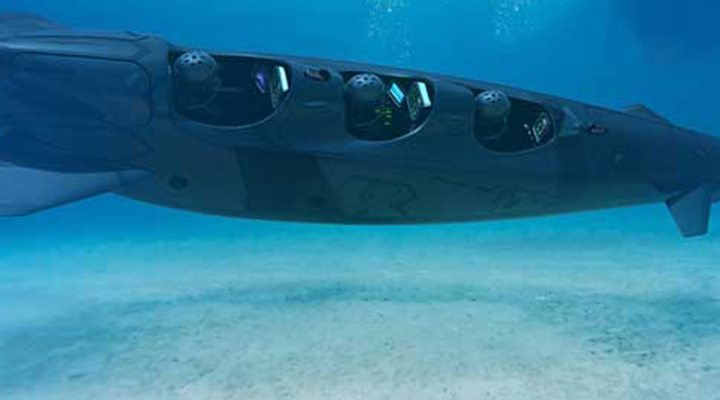
The cockpits were loaded with kit including sonar, but in the murky waters of the Netherlands Daan says it was too difficult to try and read the small sonar screen real time while avoiding obstacles. “The boat was going so fast we could not see anything, it was like running in a tunnel blindfolded,” he explains with another smile.
Ortega typically developed its own solution and created augmented reality goggles that sit in front of the diver’s mask. Then, having used readily available packages, it realised the need to write its own 3D mapping software which links directly to the subs Inertial Navigation System (INS).
With this kit, a typical mission commences on the surface with the Ortega scanning the seabed to create its own highly detailed map. While still on the surface, the augmented reality goggles can provide an almost surreal computer image of the sub, as if you were seeing it visually, but with the surrounding water presented transparently to directly observe the details of the seabed and anything lying on it.
Once underneath the water, the Ortega’s INS knows precisely where it is in relation to its map and hence you can find, or avoid, any feature with almost millimetre precision. Control is via horizontal planes fore and aft with neutral buoyancy automatically controlled. The highly manoeuvrable sub is apparently capable of pulling fighter-like tight turns and, while the project has become much more serious as it has progressed, it’s obvious Daan has not lost sight of the original aims, to have fun and find treasure.
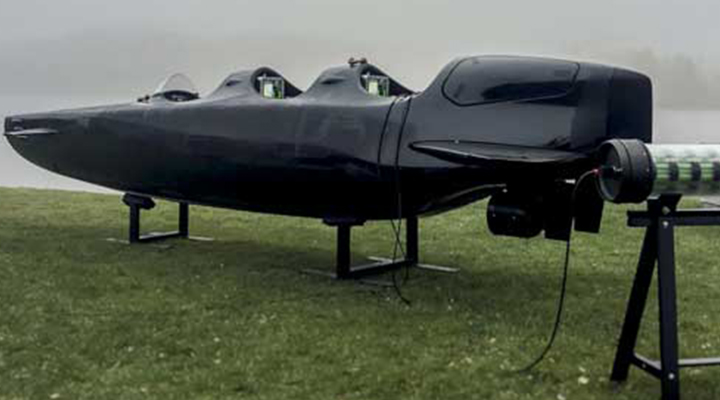
The real wake-up call here is just how relatively quickly two individuals, with only modest funding, have taken an idea to a working and very complex vessel that can be sold, in something over two years. The enablers have been the founders’ seeming lack of fear of anything, combined with bold use of increasingly accessible technology like 3D printing.
Do you know of other examples like this, where a combination of fearless decisions and technology is fast-tracking product development? Please do let me know by commenting below.
Share your stories on leisure marine industry with us
Do you have an innovation, research results or an other interesting topic you would like to share with the leisure marine equipment industry? The METSTRADE website and social media channels are a great platform to showcase your stories! Let us know via metstrade@rai.nl
Are you a METSTRADE exhibitor?
Make sure you add your latest press releases to your Company Profile in the Exhibitor Portal for free exposure.
